Your pet’s dental health significantly impacts their quality of life. Take a peek beyond your pet’s bad breath, and let Palisades Veterinary Hospital explain five reasons why your pet needs an anesthetized oral examination and dental cleaning.
#1: Your pet may have an invisible disease
Dental disease is the most commonly diagnosed condition in pets. Multiple studies show that 70 to 80 percent of cats and dogs have periodontal disease by age 3.
Periodontal disease happens quickly, but owners often do not notice the progression.
- Bacteria form a sticky biofilm coating over the pet’s teeth, and plaque can form in 24 hours.
- Plaque adheres tightly to the tooth surface, and combines with pet saliva to become mineralized tartar.
- Tartar’s porous surface creates additional attachment sites for bacteria, which multiply and move below the gum line, where they cause the greatest damage through inflammation and infection.
Early dental care is critical to remove the visible tartar, and the more dangerous plaque and bacteria under the gum line. Addressing your pet’s oral health in the early stages can limit or stop disease progression. Later stage periodontal disease leads to irreversible damage to teeth, surrounding structures, and overall health.
#2: Your pet may be in pain
Anyone who has experienced a dental problem will agree—oral pain is miserable at best, and incapacitating at worst. Yet, identifying dental pain in pets can be challenging. If pets could tell us exactly where it hurts, they probably wouldn’t—survival instincts drive pets to hide pain and weakness.
Some pets may not show any dental discomfort, while others may indicate oral pain with the following:
- Changes in appetite, including interest in food, but reluctance to eat
- Changes in chewing behavior
- Not wanting to play
- Drooling
- Lethargy
- Flinching or shying away from hands near their head or muzzle
- Unwillingness to hold objects or toys
- Pawing or rubbing their face on furniture or the floor
Do not rely on your pet’s appetite or eating changes as the only pain indicators. While some pets will show oral sensitivity by altering their eating habits, many pets with severe dental disease and broken teeth may behave normally.
#3: Your pet needs a dental cleaning under anesthesia to find disease
More than 60 percent of each tooth lies below the gum line, where most disease and pain originates. Only an oral exam while your pet is anesthetized can fully assess every tooth, from crown to root, as well as surrounding bone and tissue. Anesthesia ensures a comfortable, stress-free experience for your pet, and a detailed evaluation that includes:
- Full-mouth dental X-ray — Every tooth is imaged to determine root, socket, and jaw health.
- Careful gum line evaluation — Each tooth is probed to measure the presence and depth of any gingival pockets, which indicate gum loss and tooth decay.
- Biopsy for suspicious tissue growth — Several malignant oral cancers are highly aggressive, and early evaluation can improve prognosis.
- Scaling and polishing — The cleaning process may reveal crown defects that were previously hidden by tartar.
Our veterinarian will combine examination findings and X-ray images to determine whether your pet requires any tooth extractions or oral surgery. Throughout this in-depth assessment, your pet’s anesthetic comfort and vitals are closely monitored.
#4: Dental care can add years to your pet’s life
Dental disease goes beyond your pet’s mouth. Periodontal disease increases inflammatory cells and bacteria in the bloodstream, and can create systemic infection in the body. The circulating bacteria and their byproducts place enormous demand on the kidneys and liver, damaging function and potentially leading to failure. Bacteria also accumulate in the heart and lungs, causing endocarditis, cardiomyopathy, and bronchitis.
Dental cleaning removes plaque and tartar buildup from all visible tooth surfaces, as well as below the gum line, eliminating large amounts of hidden bacteria. If your pet has high-grade periodontal disease, our veterinarian may prescribe oral antibiotics, to decrease the circulating bacteria before and after a dental procedure.
#5: Your pet also needs dental home care
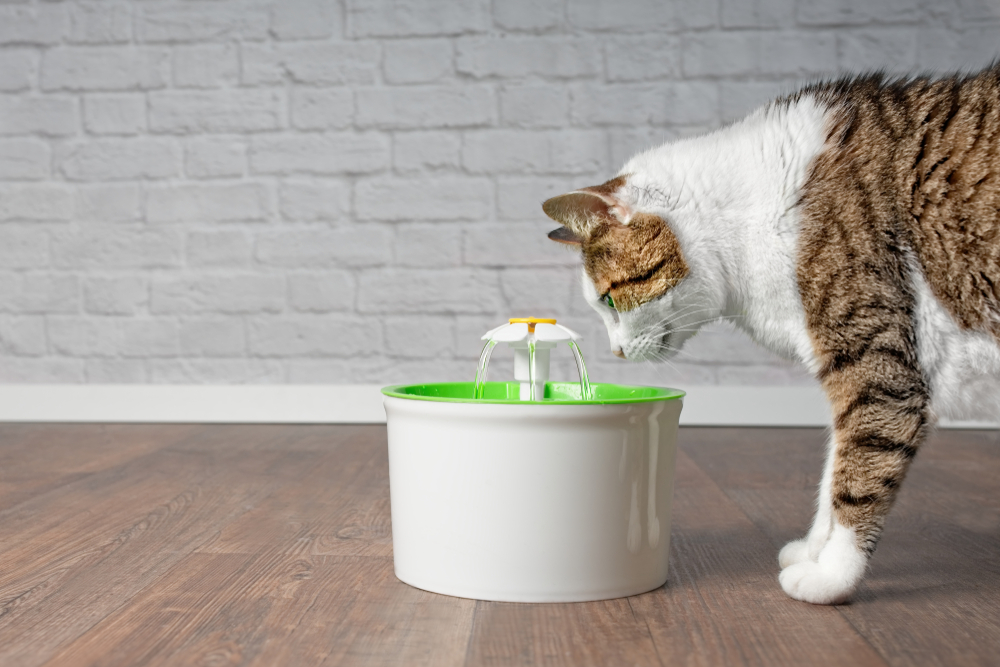
Who doesn’t love that fresh-from-the-dentist clean feeling? Your pet’s dental examination and cleaning provide a perfect starting point for proper home care, to disrupt plaque and tartar formation, and minimize the bacteria in your pet’s mouth and bloodstream.
Brushing your pet’s teeth at home is the gold standard for plaque prevention, and the most economical option. Daily toothbrushing is necessary to obtain the full benefits. Our team can help you learn proper brushing technique at your next visit, or you can watch this helpful video. If your pet does not tolerate your toothbrushing, options include:
- Dental diets and treats — Dental foods are abrasive and act like a toothbrush on the tooth.
- Dental chews — Many chews are available, but we recommend only Veterinary Oral Health Council (VOHC)-approved products.
- Water additives — Flavorless additives can deter plaque formation. Consult the VOHC list for approved brands.
Periodontal disease is completely preventable, but countless pets suffer in painful silence their entire lives. Give your pet a longer, healthier, more comfortable life by prioritizing their oral health. Call Palisades Veterinary Hospital, and ask us about our summer dental health promotion.

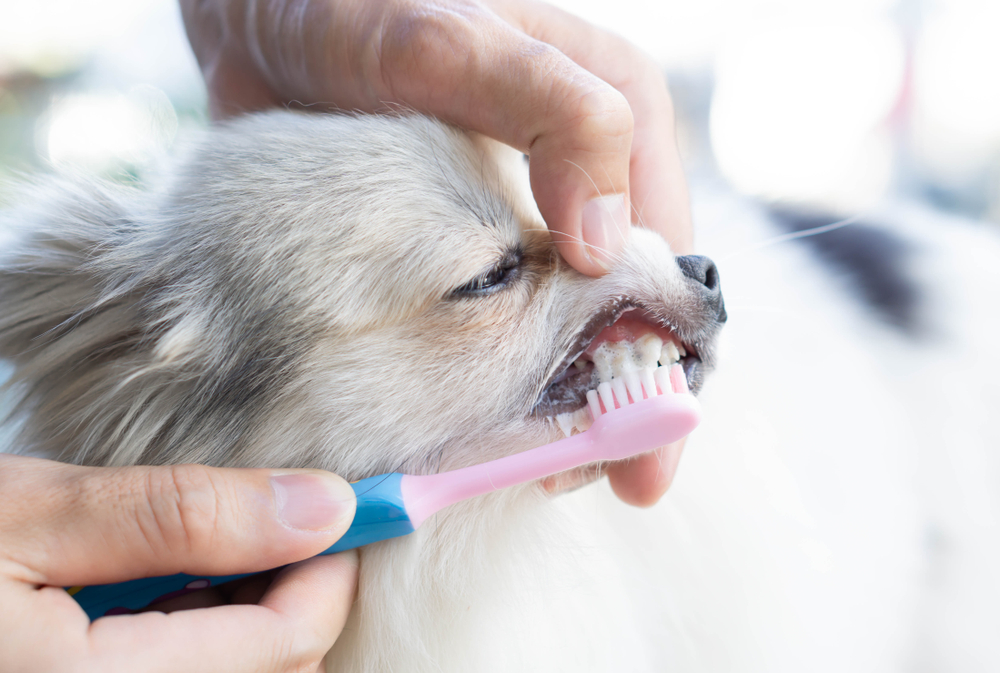
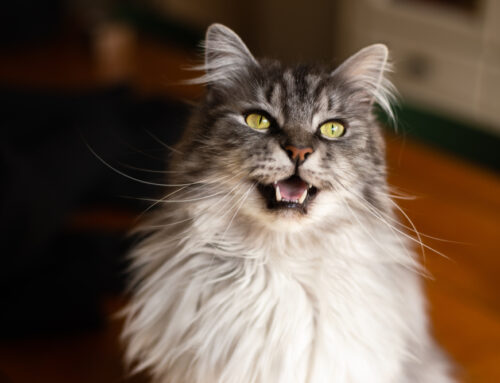

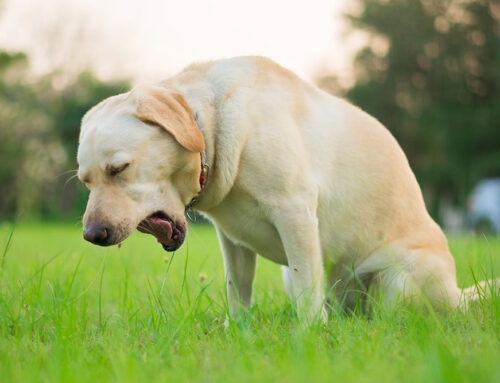
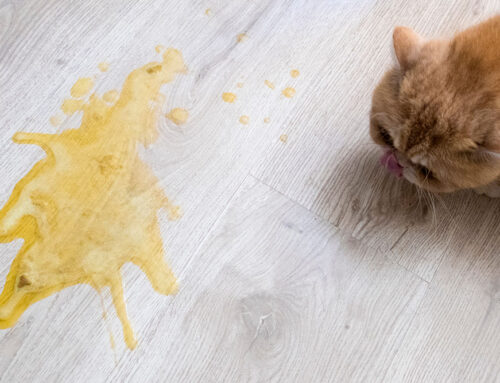


Leave A Comment